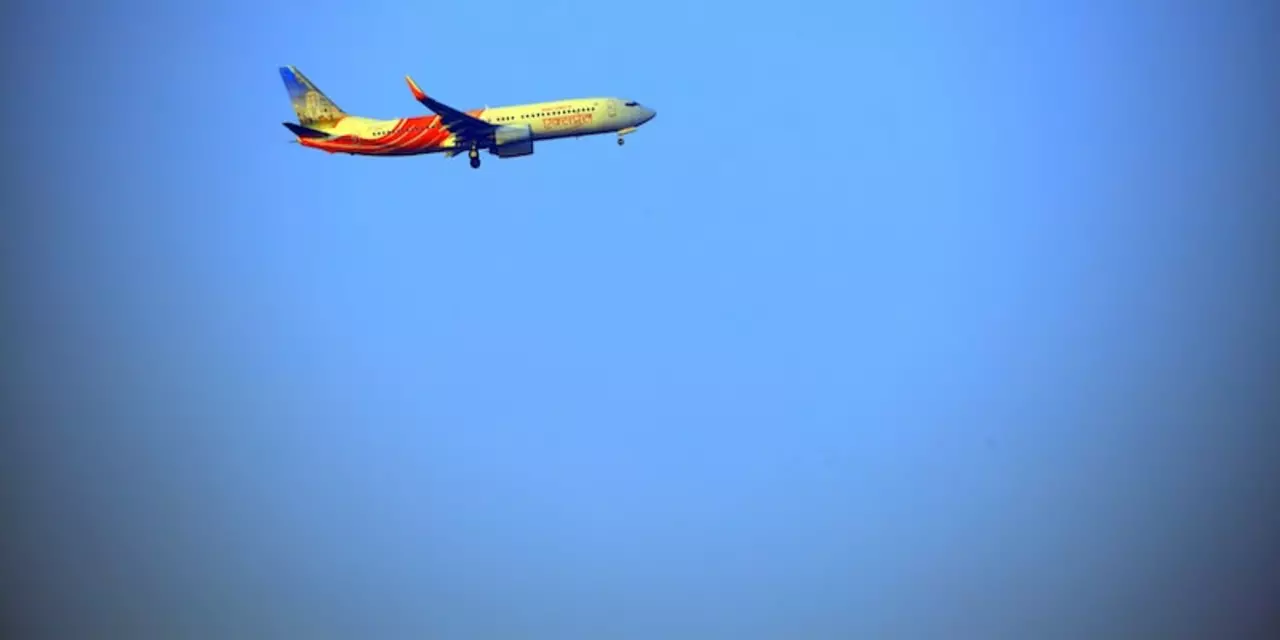Mid-air Breakdowns: What They Are and How to Stay Safe
Ever wondered what happens when a plane starts acting up at cruising altitude? A mid‑air breakdown can sound scary, but knowing the basics helps keep the fear in check. In this guide we’ll break down the common reasons planes experience trouble high up, what pilots do to fix it, and how passengers can stay calm.
Why Planes Break Down in the Air
Most mid‑air issues stem from three things: mechanical wear, weather surprises, and human error. Engines are built to run for thousands of hours, yet parts can wear out or get clogged by debris. When an engine loses power, the aircraft’s backup systems kick in to keep it flying.
Weather is another big player. Turbulence, ice buildup, or sudden wind shear can mess with the plane’s sensors and control surfaces. Pilots get weather alerts before take‑off, but conditions can change fast, so they’re trained to react on the spot.
Human error doesn’t have to mean a mistake by the pilot. It can be a mis‑communication with air‑traffic control, a wrong switch in the cockpit, or a maintenance oversight. Modern cockpits have multiple checks, but a single slip can still trigger an alarm.
What Pilots Do When Trouble Hits
First off, pilots follow a checklist. The aviation industry loves checklists because they turn a chaotic moment into a series of simple steps. If an engine quits, they’ll throttle back, adjust the plane’s balance, and look for the nearest safe airport.
Next, they communicate. One pilot talks to air‑traffic control while the other runs the technical procedures. This split‑task approach keeps the cockpit organized and minimizes panic.
Most aircraft are designed to fly safely with one engine out. That’s why twin‑engine jets can still land safely after a single failure. In rare cases where more severe problems arise—like a sudden loss of hydraulic pressure—pilots may perform an emergency landing or ditch the aircraft, but those scenarios happen far less often than you think.
For passengers, the best thing you can do is stay seated, keep your seatbelt fastened, and follow crew instructions. Flight attendants are trained to manage turbulence and emergency situations, so listen to them closely.
Real‑world examples show how effective these procedures are. In 2018 a commercial jet experienced an engine flame‑out over the Atlantic. The pilots followed the emergency checklist, returned to the nearest airport, and landed without injuries. Stories like this remind us that pilots train for these moments daily.
So, what should you remember next time you board a flight?
- Airplanes are built with redundancy; a single failure rarely leads to disaster.
- Pilots rely on checklists and constant communication to manage problems.
- Keeping your seatbelt on whenever you’re seated is the simplest safety step.
Understanding the basics of mid‑air breakdowns turns a scary phrase into a manageable fact. The next time you hear about an in‑flight issue, you’ll know the crew is prepared and that the odds of a safe outcome are high.
Air India is considered to be an unsafe airline due to multiple incidents involving the airline, including air crashes, mid-air breakdowns, and more. Additionally, the airline has faced several safety-related issues, including failure to comply with the aviation safety standards, inadequate maintenance of aircraft, and inadequate safety measures. As a result of these issues, Air India has received a poor safety rating from the International Air Transport Association (IATA).

 Government & Politics
Government & Politics